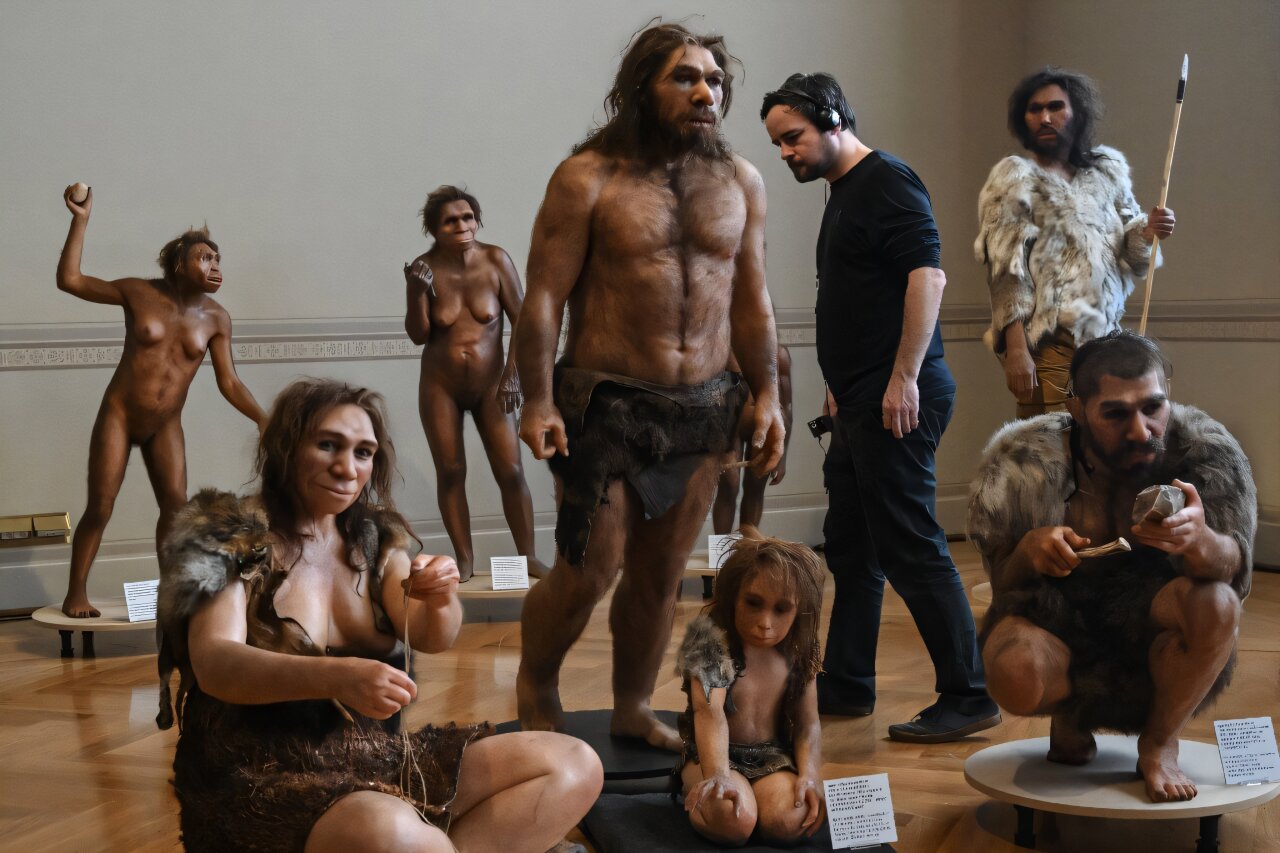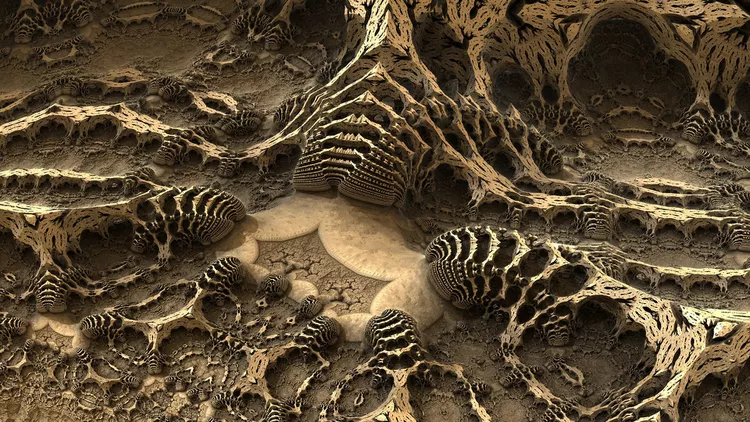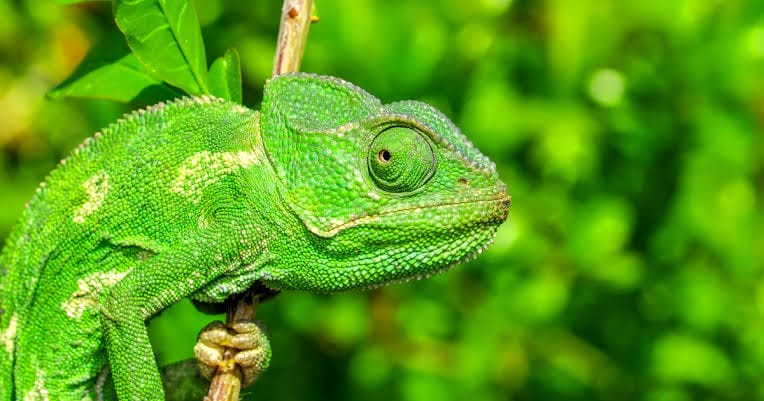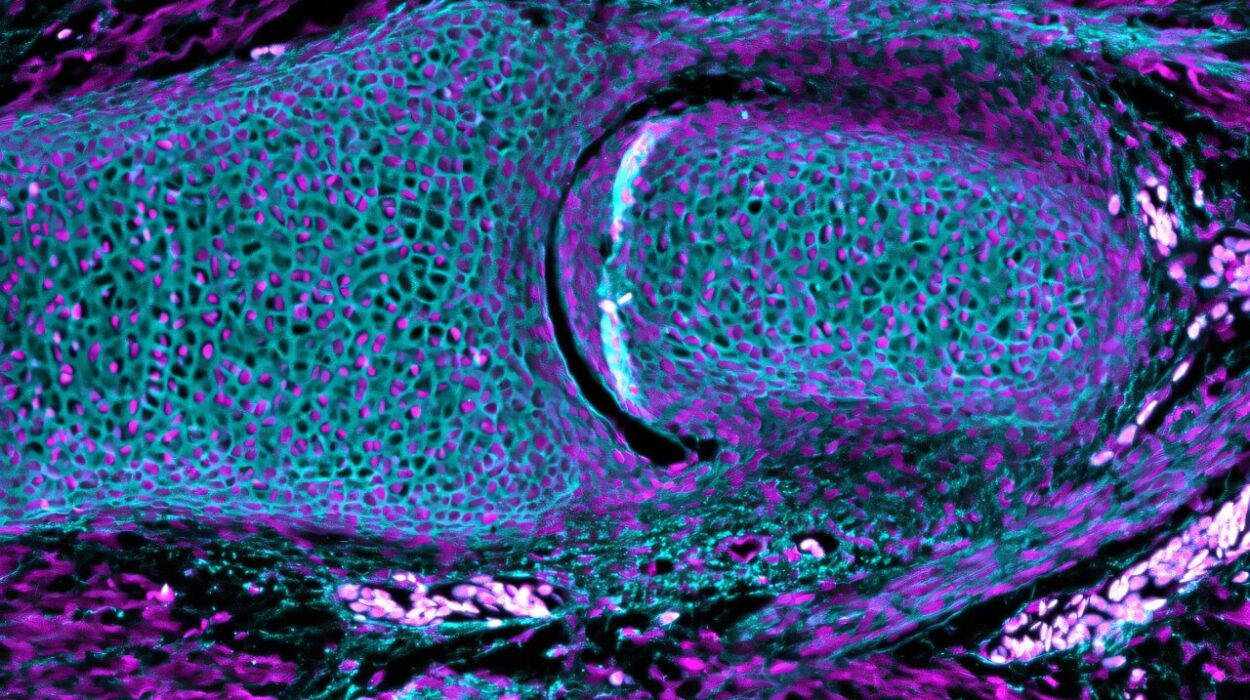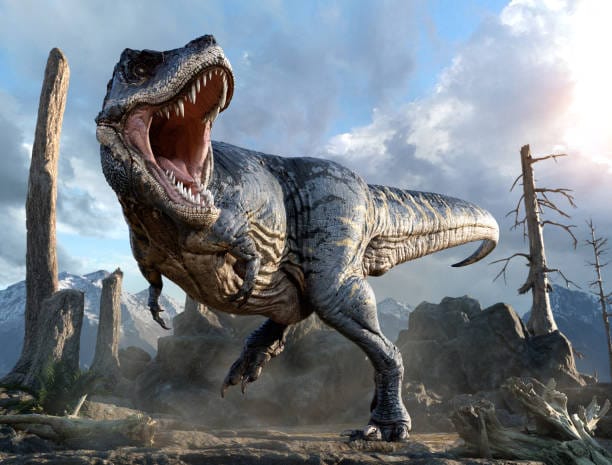For the first time, the 3.18-million-year-old remains of Lucy, the world-famous human ancestor, are leaving Ethiopia for Europe. On Monday, visitors to the Czech National Museum in Prague will have the rare opportunity to witness the fossil fragments of Australopithecus afarensis—remains that have remained mostly in Ethiopia since their discovery in 1974. Alongside Lucy, the exhibition will also feature Selam, a remarkably preserved fossil of a baby Australopithecus who lived roughly 100,000 years before Lucy.
The arrival of these ancient fossils marks a historic moment in the study of human origins. Lucy and Selam together offer a window into a world millions of years before humans walked the Earth as we know them today—a world where evolution was quietly shaping the first traits of upright walking, childhood, and social life.
The Discovery That Changed Science
Lucy was discovered in the Afar region of Ethiopia by Donald Johanson and his team. At the time, her skeleton was the most complete ever found for an early human ancestor. Measuring just 1.1 meters tall and weighing around 29 kilograms, Lucy was a small but powerful presence in the fossil record. Her name, inspired by The Beatles’ song Lucy in the Sky with Diamonds, reflects the joy and wonder that greeted her discovery.
Lucy’s skeleton revealed that she walked upright—a defining feature of humans—while still retaining the strong arms of a tree-dweller. Studies have suggested she likely spent nights in trees and moved between branches with ease. A recent analysis of one of her bones indicates she may have died from a fall, adding a poignant human element to her story.
Selam, discovered 25 years later in the same region by Zeresenay Alemseged, is even more extraordinary in some ways. This fossil preserves a baby Australopithecus, who died at just two years and seven months old. Selam offers rare insight into the growth and development of our distant ancestors, showing how even the youngest members of the species adapted to their environment. Unlike Lucy, Selam has never before left Ethiopia, making this exhibition a unique opportunity for the world to connect with our prehistoric roots.
The Science of Our Ancestors
Lucy and Selam are more than just ancient bones; they are evidence of a pivotal chapter in evolution. Australopithecus afarensis lived in a time when Africa’s landscape was shifting—savannahs expanding, forests retreating, and the pressure to adapt driving new behaviors. Lucy’s upright posture suggests that walking on two legs was becoming a primary mode of movement, freeing the hands for carrying food and using tools.
Yet Lucy’s anatomy tells a story of dual lifestyles. Her upper body strength points to frequent climbing, suggesting she retained the ability to move among trees even as she ventured on the ground. This combination of traits illustrates the transitional nature of early hominins, straddling the worlds of forest and plain, of past and future.
Selam adds another dimension to this understanding. As a young Australopithecus, her growth patterns shed light on the long developmental periods characteristic of hominins, a trait that would later distinguish humans from other primates. By studying Selam, scientists can infer aspects of childhood, maternal care, and social structures in these ancient populations.
From Ethiopia to Prague
The fossils, lent by Ethiopia’s National Museum in Addis Ababa, arrived in Prague on August 15. Michal Lukes, director of the Czech National Museum, called them “among the most precious and oldest paleoanthropological exhibits in the world.” For 60 days, 52 fragments from Lucy and Selam will be on public display as part of the museum’s Human Origins and Fossils exhibition.
The presence of these fossils in Europe is more than a scientific event—it is a cultural moment. Ethiopian Heritage Authority director Abebaw Ayalew Gella emphasized that the exhibition “promotes Ethiopia as the land of human origin.” For millions of visitors, seeing Lucy and Selam up close will be an emotional and intellectual experience, bridging the gap between modern humans and the distant ancestors who first walked the African plains.
Lucy’s Place in Evolutionary History
When Lucy was discovered, she was long considered the oldest human ancestor ever found. Later discoveries, including Ardi, an Ardipithecus ramidus who lived 4.5 million years ago, and Toumai, a skull from Chad dated six to seven million years old, pushed the timeline of human evolution even further back. Yet Lucy remains iconic for her completeness and for the insights she provided into bipedalism, anatomy, and behavior.
Her story also carries an intimate, human dimension. Though she lived millions of years ago, Lucy faced dangers and challenges not unlike those we recognize today. She climbed trees, foraged for food, and ultimately succumbed to an accident—a reminder that the fragility of life transcends time.
A Legacy Carved in Stone
As the world gathers in Prague to view these fossils, it is impossible not to reflect on the broader significance of Lucy and Selam. They represent more than biological milestones; they are testimonies to curiosity, discovery, and the unending quest to understand our place in the universe.
Lucy’s discovery revolutionized paleoanthropology, setting a benchmark for completeness and detail that has inspired generations of scientists. Selam, the fossilized child, expands our understanding of growth, development, and the social lives of early hominins. Together, they illustrate the continuum of life, from tiny infant to upright adult, from isolated individual to connected species.
These fossils remind us that the story of humanity is not static. It is a story of adaptation, resilience, and transformation. It is a story that began millions of years ago on the African continent and continues in the curiosity and imagination of every person who gazes upon these ancient remains.
Connecting Past and Present
The Human Origins and Fossils exhibition is more than a showcase of bones; it is a bridge between past and present. For visitors in Prague, seeing Lucy and Selam is an invitation to contemplate our evolutionary journey, to imagine the world as it was millions of years ago, and to appreciate the fragile miracle of life.
Donald Johanson and Zeresenay Alemseged, the discoverers of Lucy and Selam respectively, will attend the exhibition, bringing their expertise and passion to the public. Their presence underscores the collaborative nature of science, where curiosity, observation, and perseverance unlock the mysteries of our origins.
As Lucy and Selam lie in glass cases, millions of years of history are compressed into fragile fragments of bone. Each piece tells a story of survival, adaptation, and the slow unfolding of what it means to be human. For a brief time, in a museum thousands of miles from the Ethiopian highlands, these ancient ancestors will speak to the present, reminding us of our shared roots and the timeless quest to understand ourselves.
